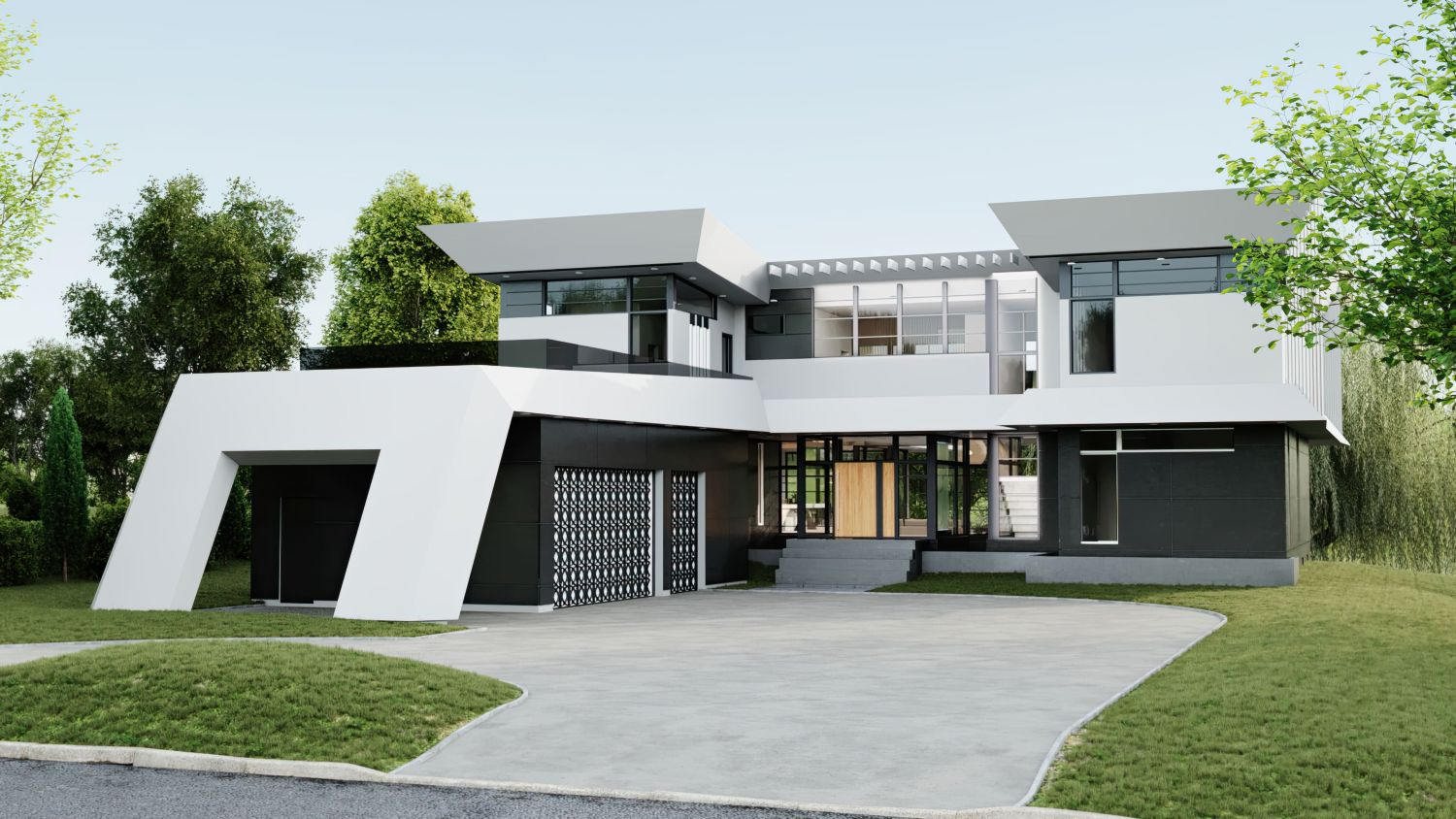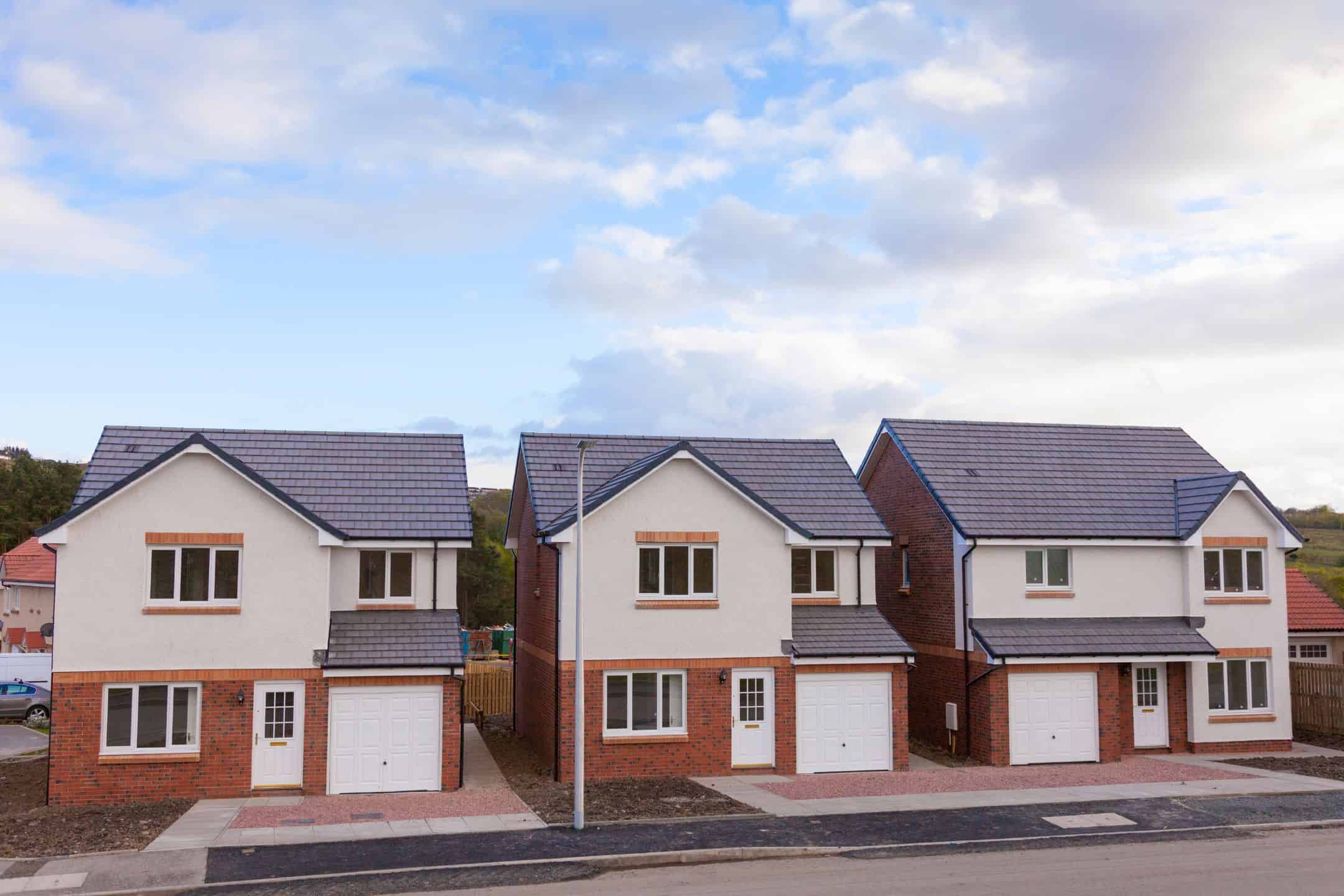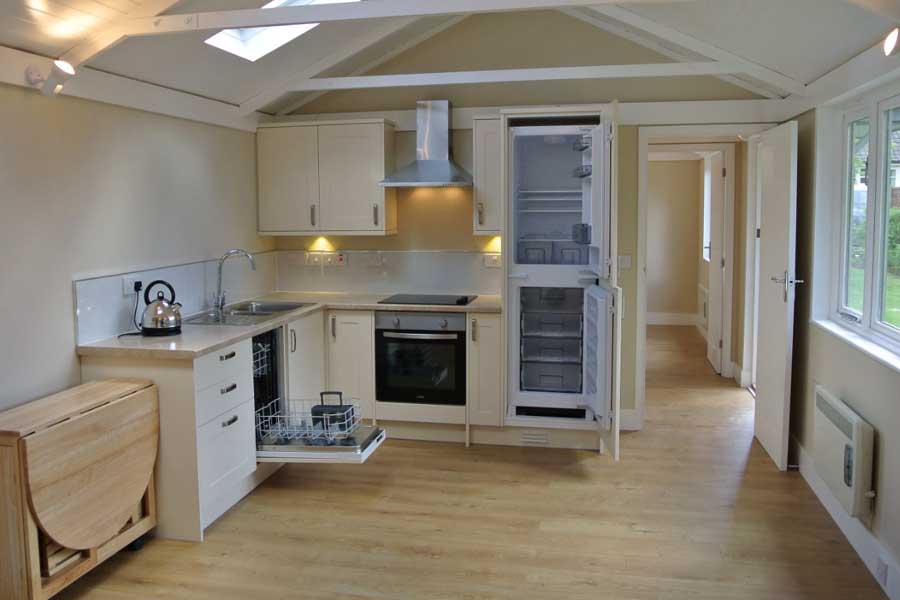Top 5 Benefits of 3D Design in Residential Construction
The top 5 benefits of 3D design in residential construction include cost savings, clash detection, virtual walkthroughs, and planning efficiency.
Top 5 Game-Changing Benefits of 3D Design in Residential Construction
Why 3D Design Matters in Today’s Build Market?
The modern UK housing market is more demanding than ever. Homeowners expect speed, accuracy, and visual clarity before a single brick is laid. Traditional blueprints no longer meet the expectations of tech-savvy clients. This is where 3D architectural modelling steps in, reshaping how homes are designed and delivered. Builders, architects, and homeowners are embracing advanced design tools not just for aesthetics, but to improve efficiency and collaboration throughout the entire project timeline.
3D design software allows all stakeholders to engage with the concept as a fully immersive model. It enables smoother approvals, faster builds, and fewer costly surprises. From single loft conversions to complete home extensions, leveraging 3D technology helps identify problems early, improve team communication, and manage client expectations visually. UK homeowners and developers now look for virtual walkthrough home design capabilities to feel confident in their investments. As planning departments and contractors demand more transparency, adopting 3D home visualisation UK standards is no longer optional—it’s essential.
Benefit 1: Accurate Cost Estimating
One of the most practical advantages of 3D architectural modelling is the accuracy it brings to cost forecasting. By using 3D design tools, builders and project managers can analyse a complete digital replica of the structure. This includes precise dimensions, detailed materials breakdowns, and spatial layouts. This high level of detail means every beam, wall, fixture, and finish is accounted for early in the project. When a designer inputs actual dimensions and products into the model, it eliminates vague estimates and guesswork.
Builders gain the power to run calculations and simulate different material choices in real-time. For example, adjusting insulation thickness or changing flooring options can instantly update projected costs. This ensures clients receive budgets that closely match final build prices. It significantly reduces the risk of unexpected overruns that damage trust and timelines. Projects that use digital design tools cut cost variations by more than 35%, according to the Royal Institute of Chartered Surveyors (RICS). Accurate estimating through BIM residential design benefits clients by providing cost confidence, while giving builders greater financial control from day one.
Benefit 2: Clash Detection and Fewer Site Issues
A frequent challenge in residential construction arises from design clashes that aren’t detected until physical work begins. These can include misaligned plumbing, electrical conflicts, or HVAC components intersecting with structural supports. Each clash results in delays, material waste, and increased costs. 3D architectural modelling detects these clashes in the digital stage before the foundation is even poured.
By integrating all design elements—including structural, mechanical, and electrical systems—into a unified model, project managers can identify and resolve conflicts early. Sophisticated 3D design software uses clash detection algorithms to highlight problem areas that 2D plans may miss. This proactive approach reduces errors, improves site safety, and keeps construction on schedule. For smaller residential builds, this efficiency can save thousands of pounds and weeks of project time. A 2024 survey by Autodesk reports that clash detection reduces field coordination issues by 47%, making it a critical factor in modern construction workflows.
Benefit 3: Client Sign-Off Through Virtual Walkthroughs
In traditional builds, homeowners often struggle to visualise their future spaces from flat plans or 2D drawings. This confusion leads to late-stage design changes that increase both cost and complexity. 3D home visualisation UK tools solve this by offering immersive, photorealistic walkthroughs that simulate the completed space in full scale.
Clients can explore their home digitally before construction begins, walking through rooms, examining finishes, and assessing lighting. This results in clearer expectations and greater confidence. Adjustments can be made during design rather than during or after build, reducing change orders and enhancing satisfaction. Virtual walkthrough home design tools improve client communication, speed up sign-off, and strengthen trust. Many UK firms now report a 50% decrease in design revision cycles thanks to 3D walkthrough technology. Clients get to “experience” their home beforehand, which builds emotional investment and ensures they are fully aligned with the final outcome.
Benefit 4: Faster Planning Approvals
Securing planning permissions in the UK can be a complex, time-consuming process. Councils often reject or delay applications due to incomplete visual data or unclear proposals. 3D architectural modelling streamlines the submission process by offering clear, detailed representations of the planned structure. Planning officers can better understand the impact of the build within the context of the existing site and surroundings.
With accurate elevations, landscaping, and even sun path simulations included, 3D visuals reduce ambiguity. Projects supported by high-quality visuals are more likely to gain swift approval, especially in conservation zones or listed areas. In fact, according to Planning Portal UK, proposals accompanied by 3D renderings are approved up to 25% faster. This not only helps clients move forward without delays but also frees up builders to allocate resources efficiently. Faster approvals mean quicker starts and less downtime, a vital edge in today’s competitive construction market.
Benefit 5: Better Coordination With Trades
Effective communication among trades is vital to ensure the success of any residential project. Misunderstandings between subcontractors often lead to rework and strained timelines. When all teams work from the same 3D model, coordination improves significantly. Electricians, plumbers, tilers, and joiners can access a unified visual layout, showing exactly how their work integrates into the overall design.
With the aid of BIM, residential design benefits, trades can plan their sequences with clarity, minimise overlaps, and avoid spatial conflicts. Everyone from surveyors to site managers stays informed with real-time updates, creating a seamless workflow. This integrated approach reduces inefficiencies and boosts accountability on site. A recent report by the Chartered Institute of Building (CIOB) shows that using 3D models for coordination decreases project delays by 30%. Strong collaboration ensures projects are delivered on time and within scope, helping builders earn a reputation for reliability and quality.
How Tacman Harnesses 3D Tools on Your Project?
Tacman Developers integrates cutting-edge 3D architectural modelling into every stage of the build process. From concept planning to final handover, our team uses immersive 3D tools to present, refine, and deliver client visions with unmatched precision. Every design begins with a detailed virtual walkthrough home design session, enabling clients to step inside their future home digitally. This transparency removes uncertainty and empowers our clients to make confident decisions early.
We also rely on BIM-based coordination to streamline communication with planning authorities and contractors. Our in-house designers use state-of-the-art 3D home visualisation UK software to simulate natural lighting, furniture layouts, and structural detailing. This results in faster planning approvals, smoother site management, and high levels of client satisfaction. Whether you’re expanding a home in London or converting a loft in Manchester, Tacman ensures your vision is built to perfection using the most advanced tools in UK residential design.
Unique Insight: Environmental Impact Modelling
What sets Tacman apart is our use of environmental impact modelling within 3D design. While most builders focus on structure, we go a step further. By simulating energy usage, daylight distribution, and heat loss within the 3D model, we offer homeowners a glimpse into the long-term sustainability of their build. This allows for smarter choices around insulation, glazing, and ventilation—all from the pre-build stage.
According to the UK Green Building Council, energy-efficient homes can reduce annual heating costs by up to 45%. By making these optimisations during the design phase, homeowners benefit from lower bills and a reduced carbon footprint. This level of foresight turns a home into an investment in both comfort and sustainability, positioning 3D modeling as a vital tool not only for design clarity but also for environmental responsibility.
Conclusion
3D design isn’t just a tech upgrade—it’s a game-changer in residential construction. From reducing site clashes to helping homeowners visualise their dream space, the benefits are undeniable. Builders and clients alike save time, money, and effort by adopting these powerful tools. Tacman Developers leads the way with immersive 3D walkthroughs, BIM-integrated design, and environmental foresight.
If you’re planning a build or renovation, explore how 3D design can bring your ideas to life. Visit our online portfolio today to see our latest projects in action.
FAQs:
What is 3D architectural modeling in construction
3D architectural modeling is the process of creating a detailed digital representation of a home using specialised software. It includes layouts, materials, and systems integration, giving homeowners and builders a realistic visual model before construction begins.
How do virtual walkthrough home design tools help clients?
They offer an immersive way for clients to experience their new home design in real-time, making it easier to make decisions, approve layouts, and avoid costly changes during the build.
What are the BIM residential design benefits for small projects?
For small and mid-sized residential builds, BIM reduces design errors, boosts collaboration, and enhances cost forecasting. It brings the same precision used in commercial projects to family homes.
Why are 3D home visualisation UK services becoming popular?
They make planning applications more successful, improve client confidence, and speed up project delivery by resolving design issues early on. UK homeowners now expect visual clarity before build begins.
Is 3D design worth it for simple home renovations?
Absolutely. Even for smaller jobs like kitchen extensions or garage conversions, 3D tools provide better cost control, planning success, and design confidence.





